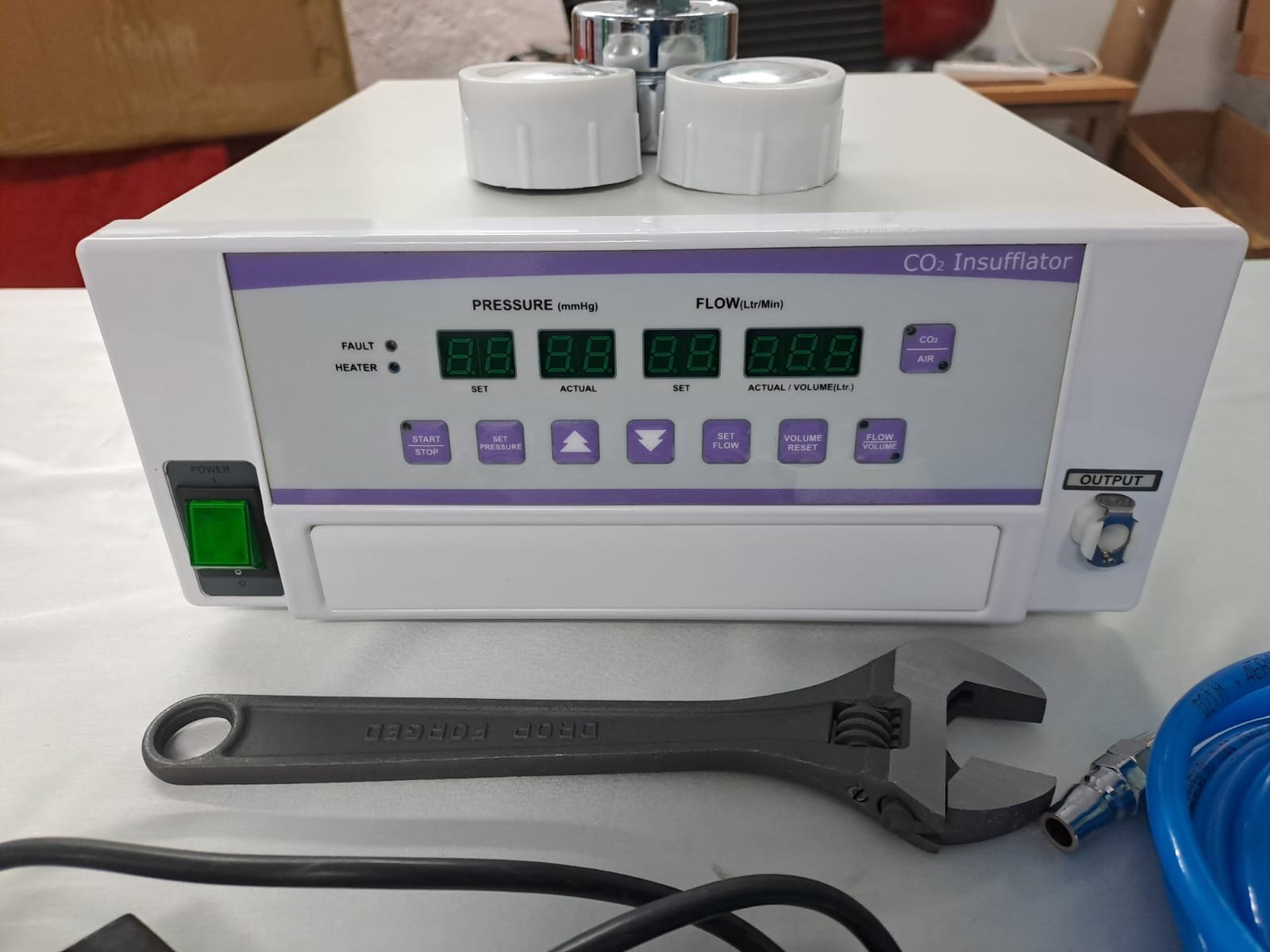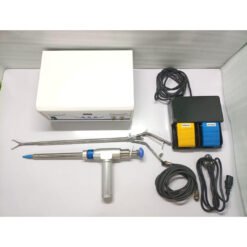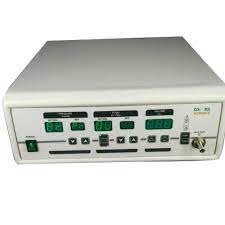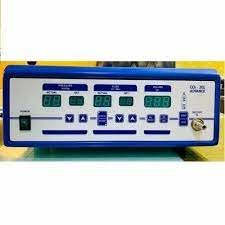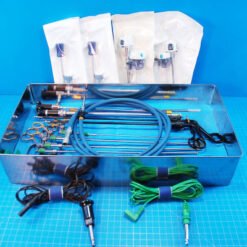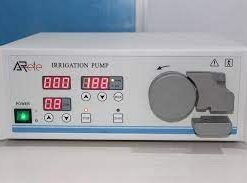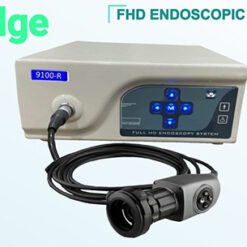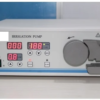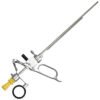Preset Pressure
This is the pressure adjusted by the surgeon before starting insufflation. This is the command given by the surgeon to insufflator to keep intra-abdominal pressure at this level.
The preset pressure ideally should be 12 to 15 mm of Hg. In any circumstance, it should not be more than 18 mm of mercury in laparoscopic surgery. However, in extraperitoneal surgery, preset pressure can be used more than 18mm Hg. The good quality microprocessor controlled insufflator always keeps intra-abdominal pressure at a preset pressure. Whenever intra-abdominal pressure decreases due to leaking of gas outside, insufflator ejects some gas inside to maintain the pressure equal to preset pressure, and if intra-abdominal pressure increases due to external pressure, insufflator sucks some gas from the abdominal cavity to again maintain the pressure to preset pressure.
When a surgeon or gynecologist wants to perform diagnostic laparoscopy under local anesthesia, the preset pressure should be set to 8 mm of Hg. In some special situations of axilloscopy or arthroscopy, we need to have pressure more than 19mmHg.

